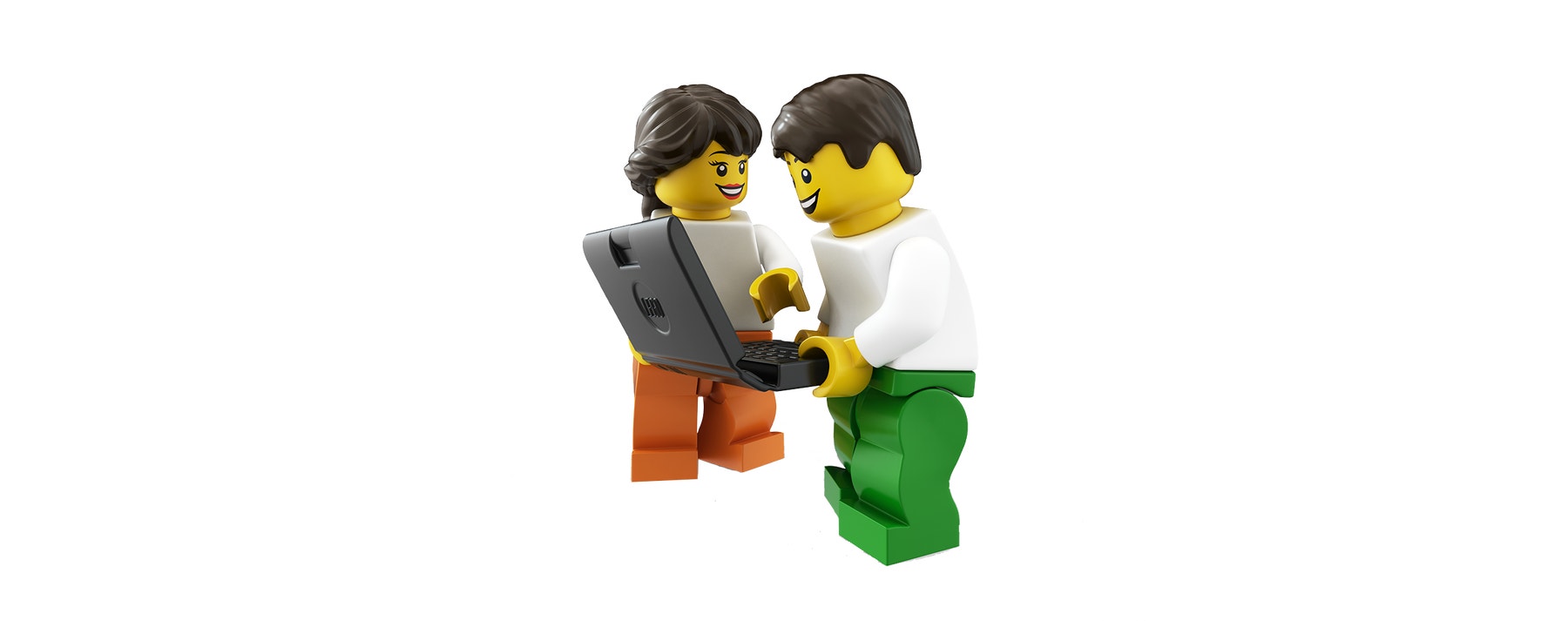Frog’s Metamorphosis
Key Objectives
In this project, you will:
• Explore what you know about the stages in the life cycle of a frog, from birth to adult.
• Create and program a model of a young frog and then of an adult frog.
• Document the changing characteristics of your model throughout different stages of a frog’s life.

1. Explore phase
Max and Mia are looking at frogs in their backyard.
They want to know more about the stages of a frog’s life.
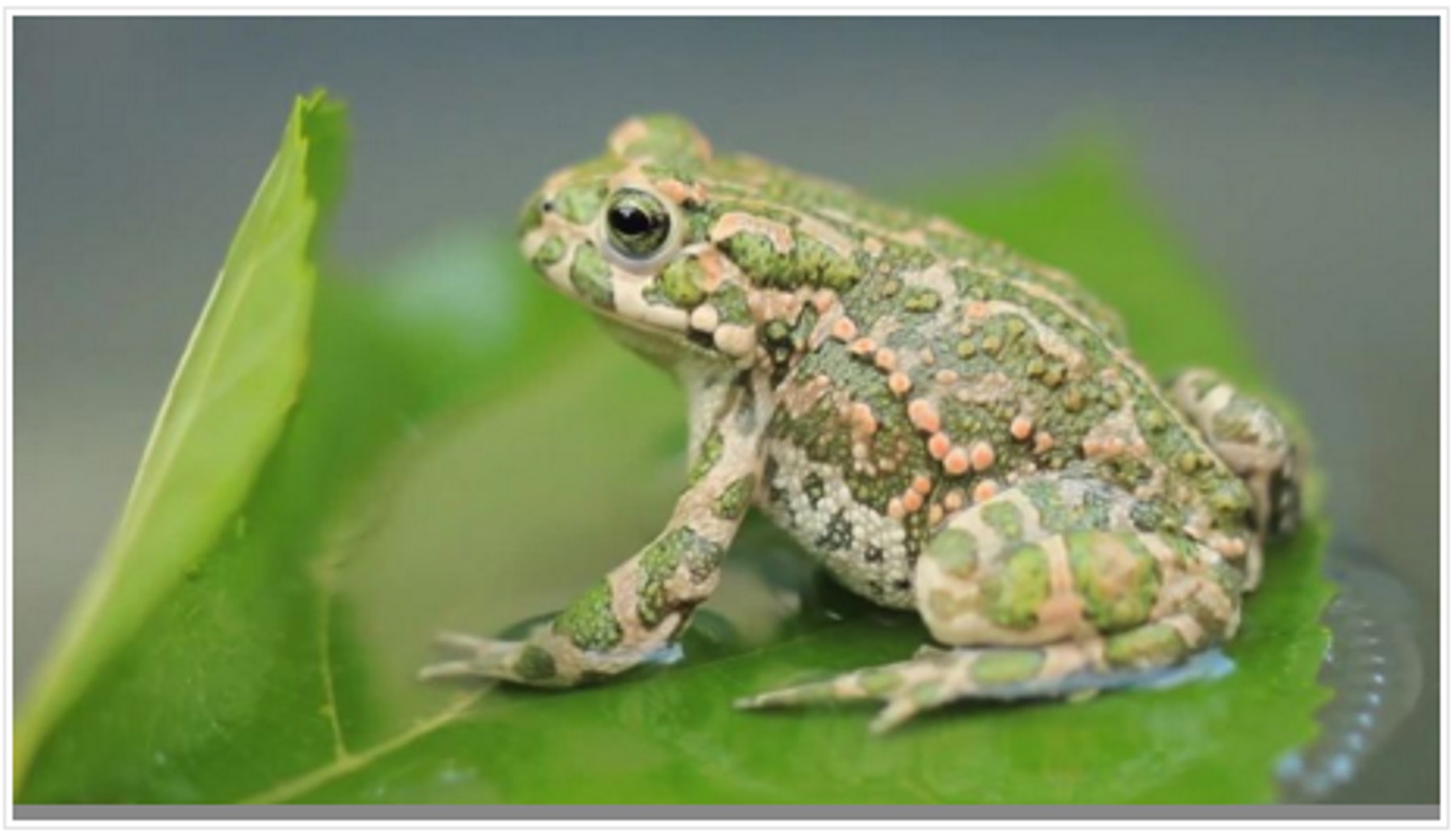
Explore Max's and Mia's questions:
1. What are the different physical characteristics of a tadpole, a froglet, and an adult frog?
2. What is the link between the changes in a frog’s physical characteristics and its habitat?
Share your ideas with the documentation tool.
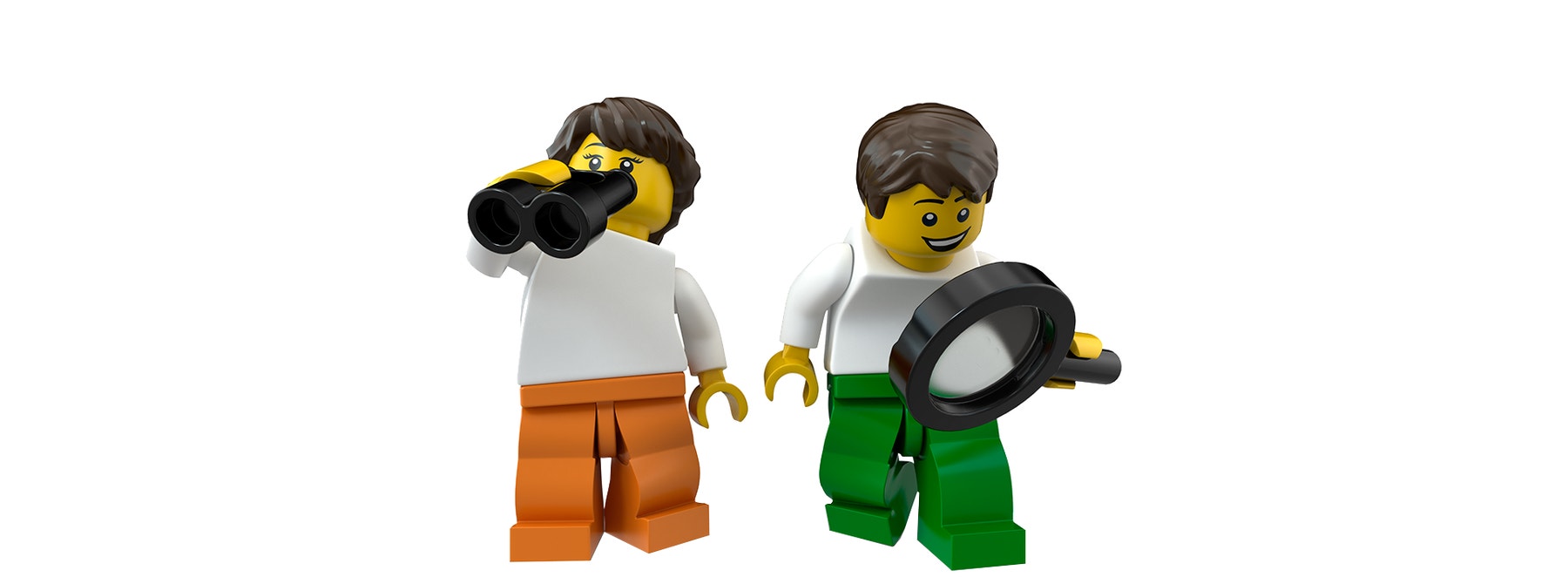
2. Create phase
Use the bricks:
Build a model of a tadpole.
Document your model through a photograph or sketch.
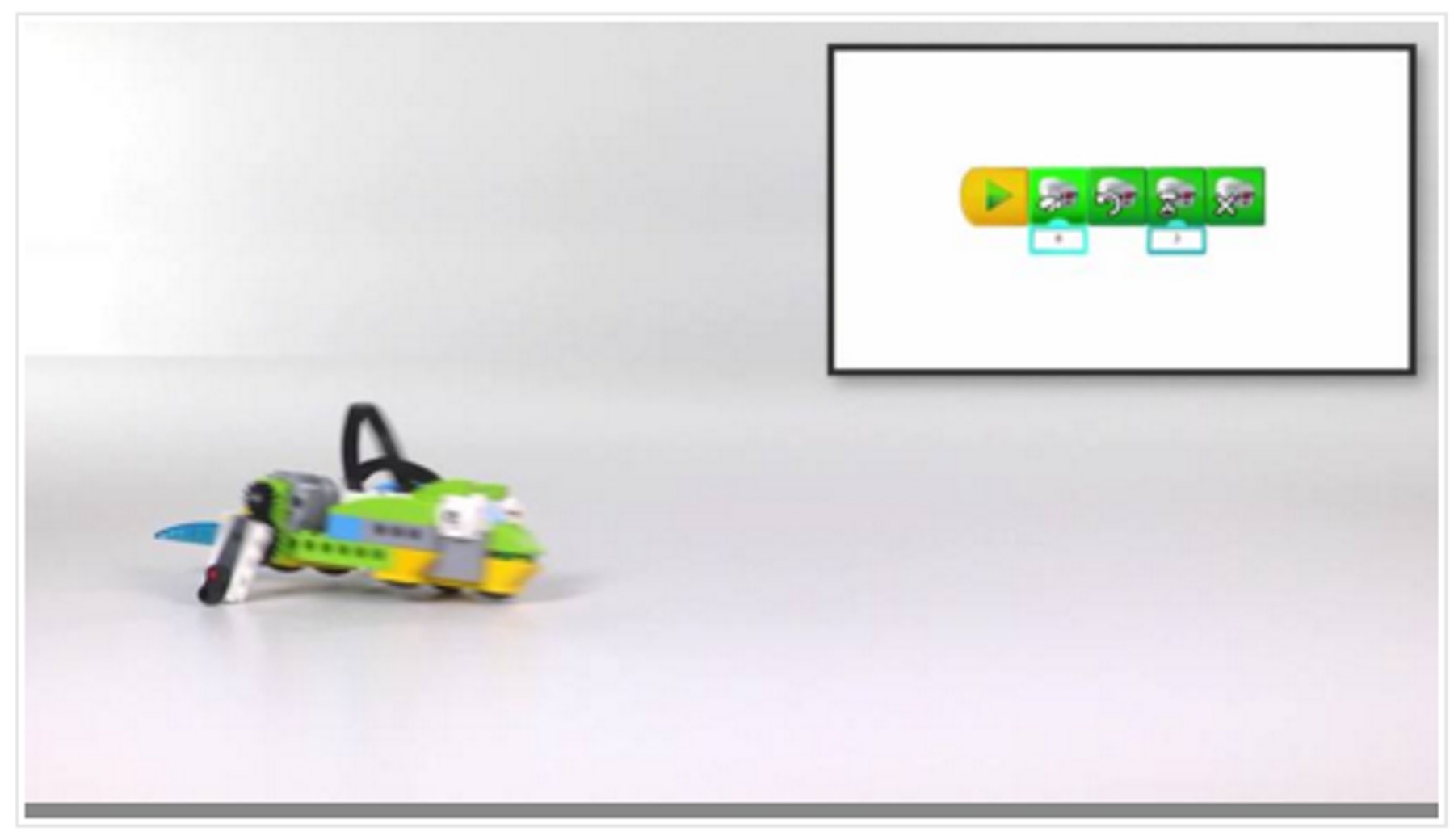
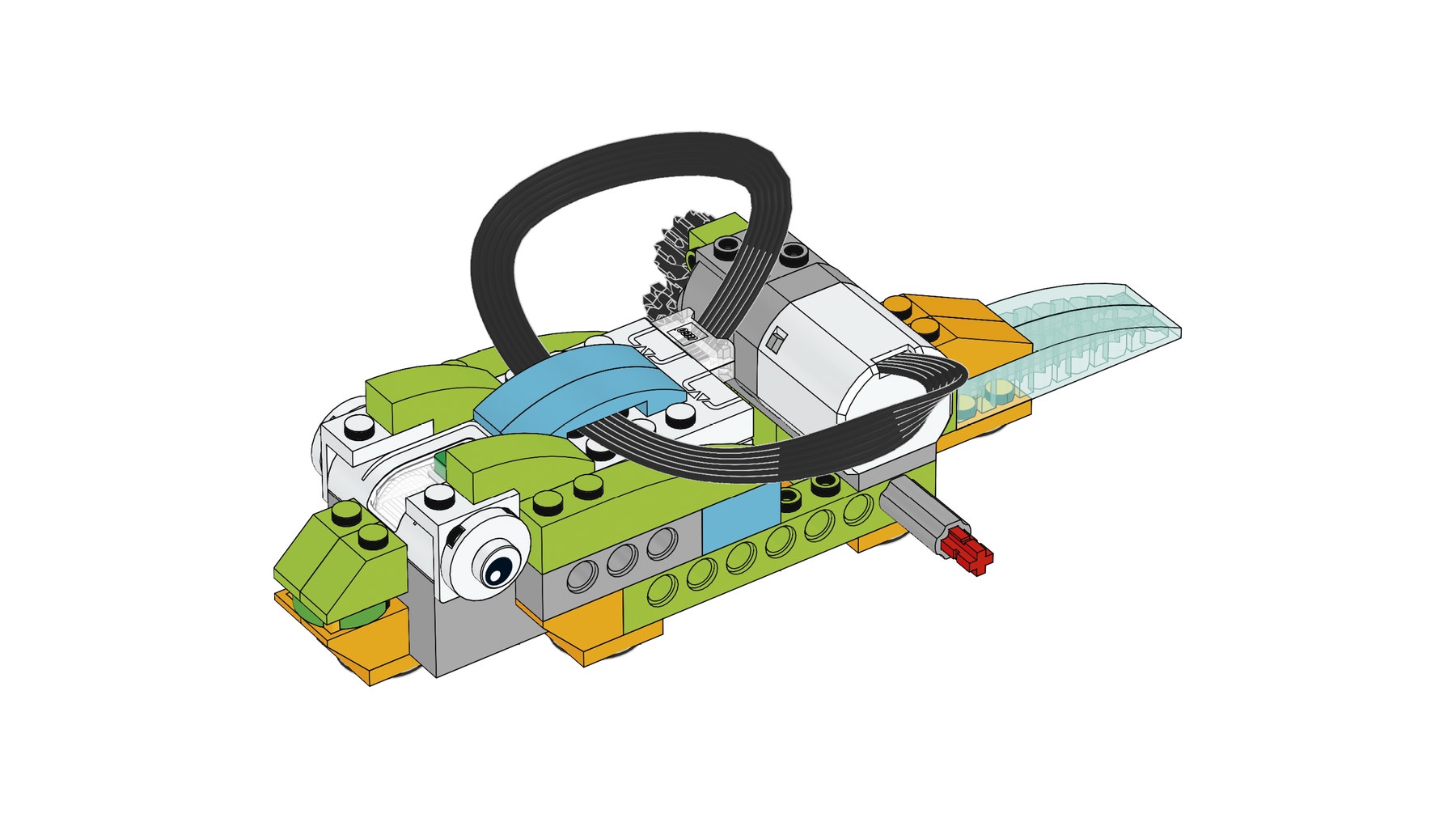
Continue to build your model as it changes from a tadpole into a froglet.
Document your new model through a photograph or sketch, and make a note about what changes are reflected in your new model.
Connect your Smarthub
Turn on the Smarthub and connect it to your device. Watch the video if you need help.
See the Help panel for more guidance.
Program your model
Program your froglet to move around its habitat.

Use your model
Make changes to your froglet so it represents an adult frog.
Consider all of the following:
- Change its appearance.
- Change the way it moves.
- Change its behaviors to mimic an adult frog.
Document which changes you made to your model, and explain why it is happening in nature.
Use your model further (optional)
The changes in a frog throughout its life cycle are influenced by its environment.
Choose one of the following influences and use the bricks to model and describe the related effect on your frog:
- Change in habitat.
- Pollution or disease.
Document the effect of this external factor on the life of your frog.

3. Share phase
Finalize your document
- Examine one of the models that you built and documented. What are the limitations of your model?
- Organize your information.
- Insert important text, pictures, screen capture or videos to demonstrate specific evidence that your model represents the life cycle of a frog.
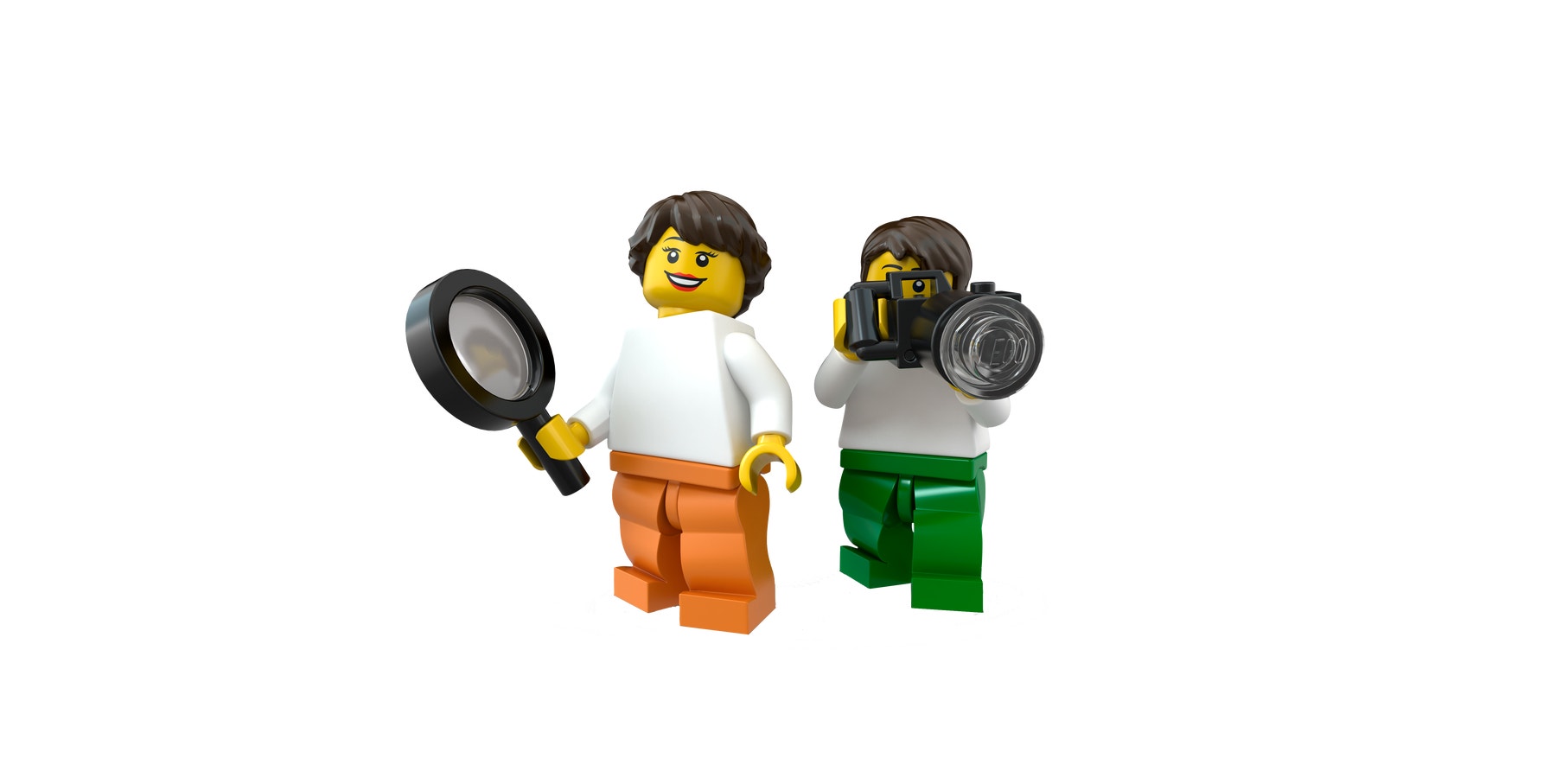
Share your findings:
Present in your own words the life cycle of a frog with your model.
Be sure to point out specific examples of how your model represents a frog’s life cycle.
Share at least one limitation of your model.
